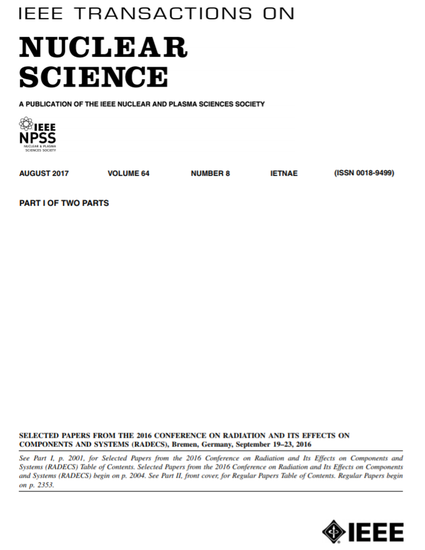
Two different displacement damage experiments were performed on CBRAM cells. In one experiment, conductive bridging random access memory (CBRAM) cells were exposed to 14 MeV neutrons to a total fluence of 3.19 × 1013 n/cm2. In the second test, CBRAM cells were bombarded with 200 keV Si2+ ions. In both the experiments, the high resistance and low resistance states (LRSs) of the cells were observed to converge with increasing particle fluence. After reaching a 14 MeV neutron fluence of 2.93 × 1013 n/cm2, the CBRAM cells became irrecoverably locked into their final resistance state. In situ testing during heavy ion exposure showed a steady decrease in the resistance state of each cell with each successive exposure to the beam. The devices eventually became locked in an LRS.
Available at: http://works.bepress.com/maria_mitkova/51/

For a complete list of authors, please see article.